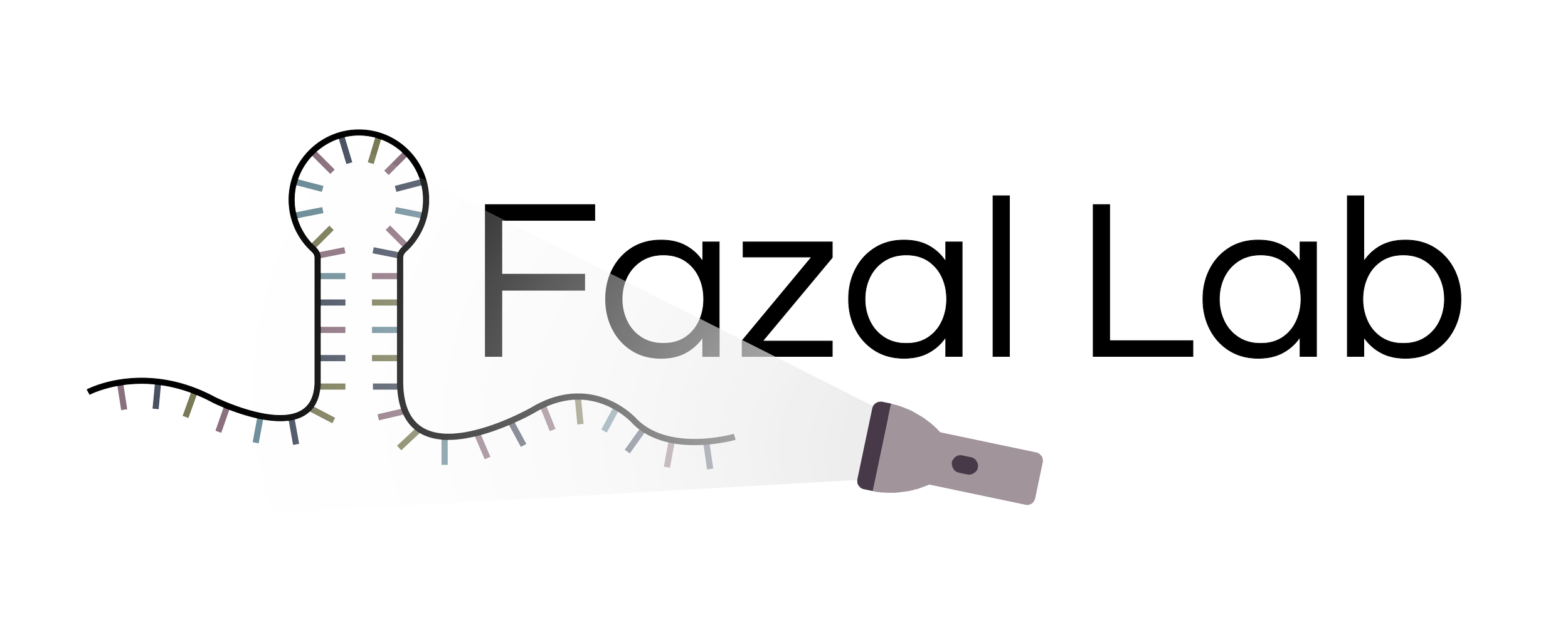Glucose-specific poly(allylamine) hydrogels – a reassessment
Fazal FM, Hansen DE.
Bioorganic and Medicinal Chemistry Letters (BMCL), 2007
Polymer hydrogels synthesized by crosslinking poly(allylamine hydrochloride) with (±)-epichlorohydrin in the presence of d-glucose-6-phosphate monobarium salt do not show imprinting on the molecular level. A series of hydrogels was prepared using the following five templates: d-glucose-6-phosphate monobarium salt, d-glucose, l-glucose, barium hydrogen phosphate (BaHPO4), and d-gluconamide; a hydrogel was also prepared in the absence of a template. For all six hydrogels, batch binding studies were conducted with d-glucose, l-glucose, d-fructose, and d-gluconamide. The extent of analyte sugar binding was determined using 1H NMR. Each hydrogel shows approximately the same relative binding affinity for the different sugar derivatives, and none displays selectivity for either glucose enantiomer. The results of the binding studies correlate with the octanol–water partition coefficients of the sugars, indicative that differential solubilities in the bulk polymer account for the binding affinities observed. Thus, in contrast to templated hydrogels prepared using methacrylate- or acrylamide-based reagents, true imprinting does not occur in this novel, crosslinked-poly(allylamine hydrochloride) system.
